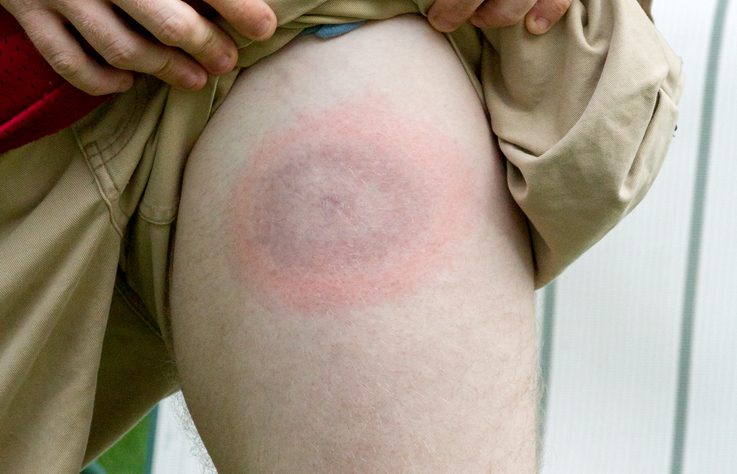Pain
What Is Chronic Lyme Disease?

What is Lyme disease?
Lyme disease, or Borreliosis, is an infectious disease caused by the bacteria Borrelia. The bacteria Borrelia burgdorferi and Borrelia mayonii are responsible for Lyme disease in North America. In Europe and Asia, Borrelia afzelii and Borrelia garinii are responsible for Lyme disease. The bacteria is spread to humans via the bite of an infected tick, usually a black-legged tick (commonly referred to as a deer tick).
What is chronic Lyme disease?
When symptoms of Lyme disease persist after antibiotic treatment is complete, it is considered chronic Lyme disease, also referred to as post-treatment Lyme disease syndrome.
What are the symptoms of chronic Lyme disease?
Symptoms of chronic Lyme disease include, but are not limited to, fatigue; joint or muscle pain and swelling; and memory or concentration problems.
Approximately 10 to 20 percent of people who contract Lyme disease will experience symptoms even after completing treatment. These symptoms may last anywhere from six to 12 months. In rare cases, they may last for years. These long-lasting symptoms can interfere with daily activities and also cause emotional distress.
Individuals with Lyme disease who do not receive antibiotic treatment in the early stages are at a higher risk for developing the chronic form of the disease. However, anyone with Lyme disease can have symptoms that persist beyond treatment. It is unclear why some people experience ongoing symptoms while others do not.
How is chronic Lyme disease diagnosed?
The diagnosis of chronic Lyme disease is made based on the presence of symptoms that extend beyond completion of antibiotic treatment. Doctors may choose to confirm the presence of Lyme via ELISA and Western blot tests, but these tests will not explain why symptoms are still present. At this stage, it is important for doctors to evaluate individuals for other possible causes of symptoms other than Lyme disease.
What is the treatment for chronic Lyme disease?
The primary goal in treating chronic Lyme disease is to reduce discomfort. Prescription or over-the-counter medications can be used to reduce pain. Non steroidal anti-inflammatory medications can be used to reduce swelling in the joints.
The ongoing use of antibiotics to treat chronic Lyme disease is an area of controversy in the medical community. The National Institute of Allergy and Infectious Diseases has conducted studies regarding the long-term use of antibiotics to treat chronic Lyme disease. These studies found no added benefit from prolonged antibiotic treatment. However, the International Society for Lyme and Associated Disease Society recommends the continued use of antibiotic therapy if it is confirmed that the disease is chronic and the individual has impaired function.
Individuals may wish to consult a doctor who is a member of the International Society for Lyme and Associated Disease Society for care.
Visit their website to learn more: https://www.ilads.org/about/
















